

Articles
How To Store Port Wine Once Opened
Modified: December 7, 2023
Learn how to properly store port wine once it has been opened with this informative article. Keep your port wine fresh and full of flavor for longer with these tips and techniques.
(Many of the links in this article redirect to a specific reviewed product. Your purchase of these products through affiliate links helps to generate commission for Storables.com, at no extra cost. Learn more)
Introduction
Welcome to the world of port wine, a rich and indulgent beverage known for its deep flavors and complex aromas. Whether you have just opened a bottle for a special occasion or found yourself with leftover port after a gathering, knowing how to properly store it is crucial to maintain its quality and prevent spoilage.
Port wine is a fortified wine that originates from the Douro Valley in Portugal. It is made from a blend of grape varieties, including Touriga Nacional, Touriga Franca, Tinta Roriz, and Tinta Barroca, creating a unique and robust flavor profile. Due to its high alcohol content and residual sugar, port wine has a longer shelf life than other wines, but it still requires proper storage to keep it fresh and enjoyable.
In this article, we will explore the best practices for storing port wine once it has been opened. From proper sealing techniques to utilizing wine accessories, we will provide you with valuable insights to help you preserve the integrity of your precious port wine.
Key Takeaways:
- Properly sealing and storing opened port wine is crucial to maintain its quality and prevent spoilage. Techniques such as using wine stoppers, refrigeration, and vacuum sealers can help preserve the flavors and aromas of this rich and indulgent beverage.
- Long-term storage of opened port wine requires careful attention to factors such as temperature, humidity, and bottle orientation. Investing in a wine cooler and following specific storage tips can ensure that your port wine ages gracefully and maintains its distinct characteristics for extended periods.
Read more: How To Store Opened Port Wine
Proper Sealing Techniques
When it comes to preserving the quality of your opened port wine, one of the key factors is ensuring a proper seal. By effectively sealing the bottle, you can minimize exposure to oxygen and reduce the risk of oxidation, which can ultimately lead to a deterioration in taste and aroma.
Here are a few sealing techniques to keep in mind:
- Replace the Cork: The most common way to seal an opened bottle of port wine is by reinserting the cork securely. It is important to ensure that the cork fits tightly to create a seal and prevent air from entering the bottle.
- Use a Wine Stopper: If the original cork is damaged or lost, using a wine stopper can provide an effective alternative. Wine stoppers are designed to fit securely into the bottle and create an airtight seal.
- Wrap with Plastic Wrap: For extra protection against oxygen exposure, you can wrap the neck of the bottle with plastic wrap before reinserting the cork. This additional barrier can help maintain the freshness of the port wine.
Regardless of the sealing technique you choose, it is important to ensure that the bottle is stored upright to minimize the contact between the wine and the cork. This helps prevent any potential cork taint and extends the shelf life of the port wine.
Storing Port Wine in the Refrigerator
The refrigerator can be a convenient and effective place to store opened port wine, especially if you plan to consume it within a few days. The cool temperature helps slow down the oxidation process and preserves the flavors and aromas of the wine.
Here are some steps to follow when storing port wine in the refrigerator:
- Refrigerate as Soon as Possible: After opening the bottle, make sure to refrigerate it promptly. The longer the port wine is exposed to air, the greater the risk of oxidation and flavor deterioration.
- Store the Wine Upright: When placing the bottle in the refrigerator, store it in an upright position. This prevents the wine from coming into contact with the cork, reducing the risk of any potential cork taint.
- Keep Away from Strong Odors: Port wine, like any other wine, is sensitive to strong odors. Ensure that the bottle is not placed near food items with strong smells, as the wine can absorb those odors and affect its taste.
- Use a Temperature-Controlled Drawer: If your refrigerator has a temperature-controlled drawer, it is recommended to store the port wine there. This drawer provides a stable temperature and humidity level, ideal for preserving the freshness of the wine.
- Consume within a Week: While refrigeration can help extend the lifespan of the port wine, it is still best to consume it within a week to fully enjoy its flavors and aromas. Beyond that timeframe, the wine may start to lose its vibrant qualities.
Remember, refrigeration is suitable for short-term storage. If you plan to store the port wine for longer periods, there are alternative methods that provide better preservation.
Using a Wine Vacuum Sealer
A wine vacuum sealer is a handy tool that can help extend the lifespan of opened port wine by removing excess air from the bottle and creating a vacuum seal. This process helps delay oxidation and maintains the flavors and aromas of the wine for a longer period of time.
Here’s how you can use a wine vacuum sealer:
- Insert the Stopper: Place the stopper into the neck of the bottle, ensuring a tight fit. The stopper is designed to create an airtight seal once the vacuum process begins.
- Attach the Pump: Connect the vacuum pump to the stopper. Make sure the pump is properly attached to create a secure vacuum seal.
- Pump Out the Air: Start pumping out the air from the bottle using the vacuum pump. The pump will create negative pressure within the bottle, removing excess air and sealing the wine.
- Verify the Seal: Once you have finished pumping out the air, check to ensure that the stopper is tightly sealed. The vacuum sealer should provide a visual indicator, such as a depressed button or indicator light, confirming a successful vacuum seal.
- Store the Bottle: After vacuum sealing the bottle, store it in a cool, dark place away from any strong odors. This will help maintain the quality of the port wine and preserve its flavors and aromas.
Using a wine vacuum sealer is an effective method for prolonging the shelf life of opened port wine. It can help preserve the wine’s characteristics for up to a week or even longer, depending on the quality of the vacuum seal and the specific type of wine.
Note that a wine vacuum sealer may not completely eliminate oxidation, but it significantly reduces its effect compared to just recorking the bottle. For longer-term storage, additional measures may be necessary.
Store opened port wine in a cool, dark place, away from direct sunlight and heat. Use a vacuum pump to remove excess air from the bottle and reseal it with a cork or stopper to help preserve its flavor and aroma.
Recorking and Recapping Methods
In situations where a wine vacuum sealer is not available, recorking or recapping the port wine is a practical alternative to help preserve its freshness and prevent oxidation. While these methods may not create a completely airtight seal like a vacuum sealer, they can still provide some protection.
Here are a few recorking and recapping methods to consider:
- Reinsert the Original Cork: If the original cork is still in good condition, clean it thoroughly and reinsert it tightly into the bottle. The original cork is designed to fit the bottle perfectly and can provide a reliable seal.
- Use a Wine Bottle Stopper: Wine bottle stoppers, made from materials such as silicone or rubber, can be a useful replacement for a damaged or lost cork. Select a stopper that fits securely in the bottle’s neck and creates a tight seal.
- Consider a Vacuum Wine Stopper: A vacuum wine stopper works similarly to a wine vacuum sealer, but without the need for a separate pump. These stoppers are equipped with a built-in pump mechanism that removes excess air and creates a vacuum seal.
- Try a Wine Preserver Spray: Wine preserver sprays are designed to create a protective layer on top of the wine, preventing oxidation. Spray the preserver directly onto the exposed portion of the wine and recork the bottle tightly.
- Recap with a Screw Cap: In some cases, you may choose to transfer the remaining port wine to a smaller bottle or container with a screw cap. Screw caps provide a reliable seal and are easy to open and close, ensuring the freshness of the wine.
Regardless of the method you choose, always make sure the bottle is stored upright to minimize contact between the wine and the closure. This helps maintain the integrity of the port wine and prolong its lifespan.
Note that these methods are best suited for short-term storage, up to a week or two. For longer-term preservation, alternative storage options are recommended.
Read more: How To Store Port Wine After Opening
Storing Port Wine in a Wine Cooler
If you’re a wine enthusiast or frequently enjoy a glass of port wine, investing in a wine cooler can be a great option for storing your opened bottles. A wine cooler provides a controlled environment with proper temperature and humidity levels, ensuring the optimum conditions for preserving the quality of your port wine.
Here’s how to store port wine in a wine cooler:
- Select the Ideal Temperature: Port wine is best stored between 55°F (12.8°C) and 60°F (15.6°C). Adjust the temperature settings of your wine cooler accordingly to maintain a consistent temperature within this range.
- Consider Dual-Zone Wine Coolers: If you have both red and white wines in your collection, consider investing in a dual-zone wine cooler. This allows you to store your port wine separately from other wines, ensuring the ideal temperature for each type.
- Monitor Humidity Levels: Port wine is sensitive to excessive dryness, which can cause the cork to shrink and lead to oxidation. Ensure that your wine cooler maintains a humidity level between 50% and 70% to prevent cork drying and wine spoilage.
- Organize Your Bottles: Arrange your opened port wine bottles in the wine cooler with consideration for their drinking timeline. Place the bottles you plan to consume soon in an easily accessible area, while storing those for longer-term aging towards the back of the cooler.
- Maintain Darkness and Stillness: Light and vibration can negatively impact the quality of port wine. Wine coolers typically provide a dark and quiet environment, ideal for proper storage. Avoid opening the door unnecessarily to minimize exposure to light.
- Keep Track of Inventory: A wine cooler with adjustable shelves and easy-to-read labels can help you keep track of your port wine collection. It allows you to efficiently organize and locate specific bottles, enhancing your overall wine storage experience.
A wine cooler provides an excellent long-term storage solution for your opened port wine. It ensures a constant and controlled environment, allowing your wine to age gracefully and maintain its distinct characteristics for extended periods.
Remember to monitor the temperature and humidity levels regularly to ensure the optimal storage conditions for your port wine collection.
Tips for Long-Term Storage
If you’re considering storing your opened port wine for an extended period, whether it’s for aging or collecting purposes, there are several important factors to keep in mind. Long-term storage requires extra care to ensure optimal conditions that preserve the quality of the wine over time.
Here are some tips for long-term storage of port wine:
- Store in a Dark Place: Exposure to light can cause premature aging and spoilage of port wine. Keep your bottles away from direct sunlight or strong artificial light sources. Store them in a dark area, such as a cellar or wine cabinet.
- Maintain Consistent Temperature: Fluctuations in temperature can negatively impact the aging process. Aim for a consistent temperature between 55°F (12.8°C) and 60°F (15.6°C). Avoid extreme temperature changes, as they can damage the wine’s structure and impact its flavors.
- Control Humidity Levels: Proper humidity levels in the storage area help to keep the cork moist and prevent it from drying out. Aim for a humidity level between 50% and 70% to prevent mold growth or cork deterioration. Use a hygrometer to monitor humidity levels accurately.
- Store Bottles Horizontally: Long-term storage requires storing the bottles horizontally. This helps to keep the cork in contact with the wine, keeping it moist and preventing oxidation. However, if using alternative closures such as screw caps, vertical storage is acceptable.
- Avoid Strong Odors: Port wine is highly susceptible to absorbing odors from its surroundings. Keep the storage area free from strong-smelling substances, such as cleaning agents or food with potent aromas, to maintain the integrity of the wine.
- Regularly Check for Leaks or Spoilage: Periodically inspect your stored port wine bottles for signs of leaks, mold, or spoilage. Remove any damaged bottles immediately to prevent contamination of other bottles and maintain the quality of the collection.
- Keep Records of Placement and Dates: Effective organization is crucial for long-term storage. Label each bottle and keep detailed records of the placement and dates. This will help you track aging patterns, identify the right time to enjoy each bottle, and manage your collection effectively.
Following these tips will help ensure that your opened port wine remains in optimal condition during long-term storage. Proper care and attention will reward you with a well-aged and enjoyable wine experience in the future.
Conclusion
Proper storage techniques for opened port wine are essential to maintain its quality, flavors, and aromas over time. By following the recommended sealing methods, choosing the right storage options, and implementing long-term storage tips, you can ensure that your port wine remains enjoyable for as long as possible.
Whether you opt for refrigeration, wine vacuum sealers, wine coolers, or other storage methods, the goal is to minimize oxidation and preserve the unique characteristics of the port wine. Factors such as temperature, humidity, light exposure, and bottle orientation all play significant roles in maintaining the wine’s integrity.
Regardless of the storage method you choose, always prioritize keeping the port wine away from strong odors and maintaining a consistent environment. Regularly monitoring the condition of the bottles and organizing your collection will help you better manage your wine and ensure that each bottle is enjoyed at its peak.
Remember that while port wine can improve with age, it is also important to consider the drinking timeline for each bottle. Not all port wines are meant for long-term aging, so it’s essential to research the specific wine’s aging potential and best consumption timeframe to fully appreciate its character.
In conclusion, by applying these storage techniques, you can savor the full richness and complexity of your opened port wine for extended periods. Whether for a special occasion or simply to indulge in a glass of fine port, proper storage will elevate your wine experience and allow you to enjoy the true essence of this delightful beverage.
Frequently Asked Questions about How To Store Port Wine Once Opened
Was this page helpful?
At Storables.com, we guarantee accurate and reliable information. Our content, validated by Expert Board Contributors, is crafted following stringent Editorial Policies. We're committed to providing you with well-researched, expert-backed insights for all your informational needs.
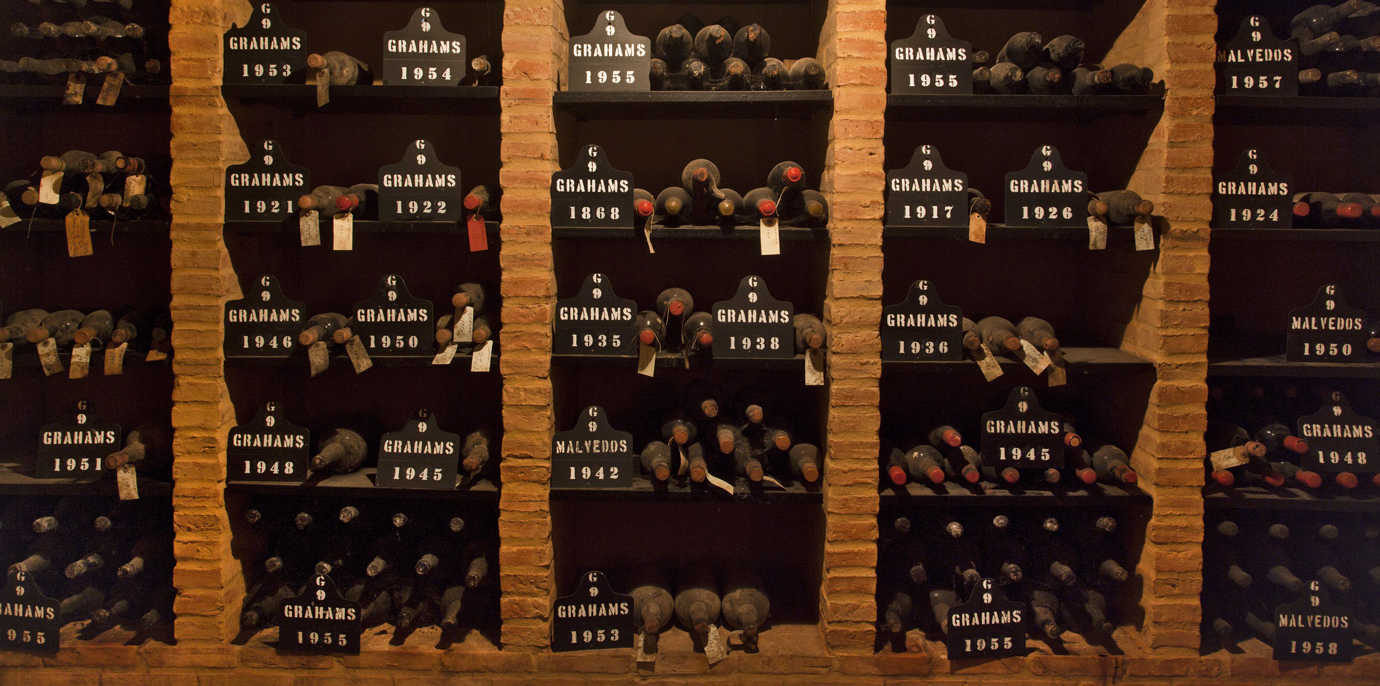


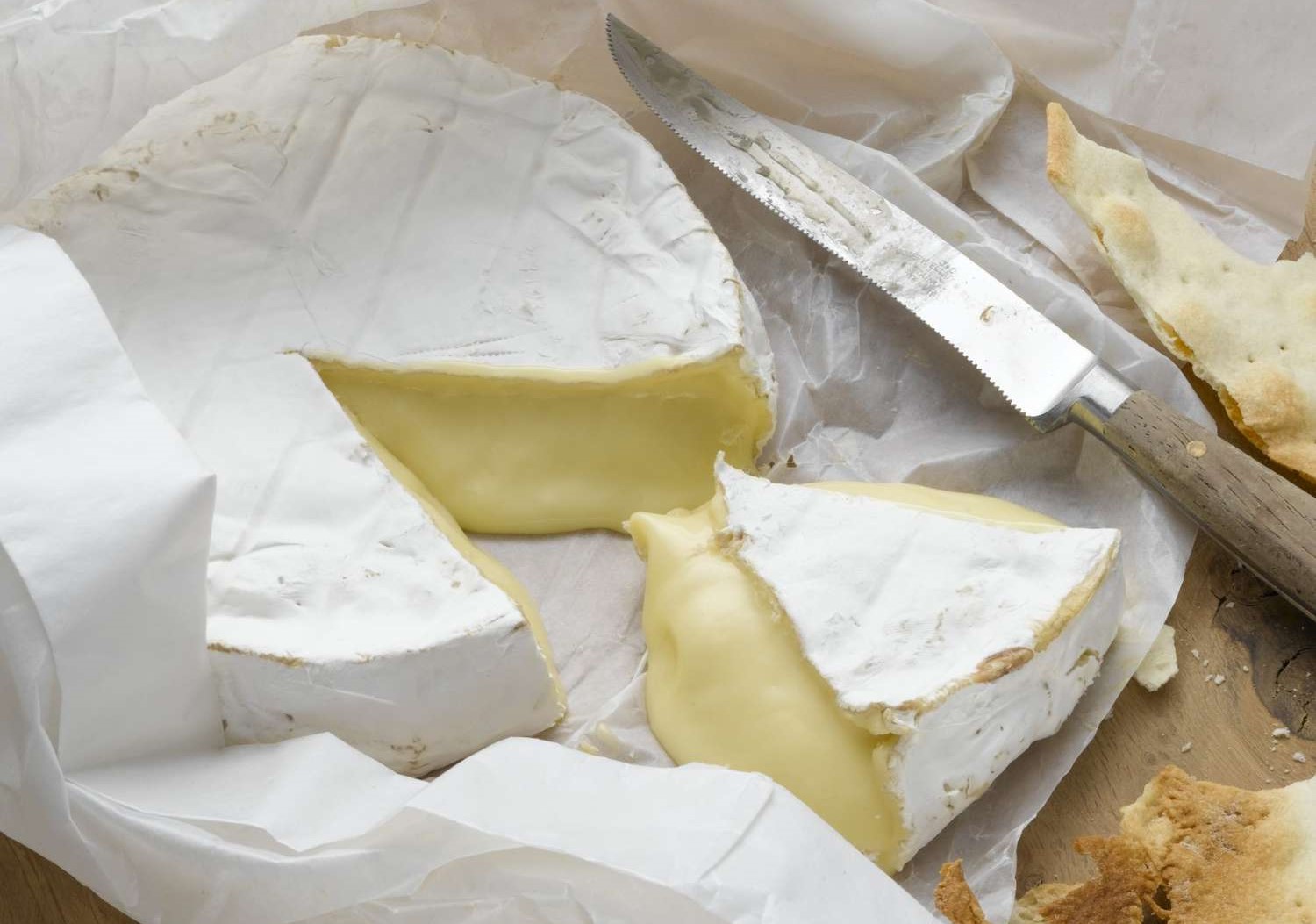




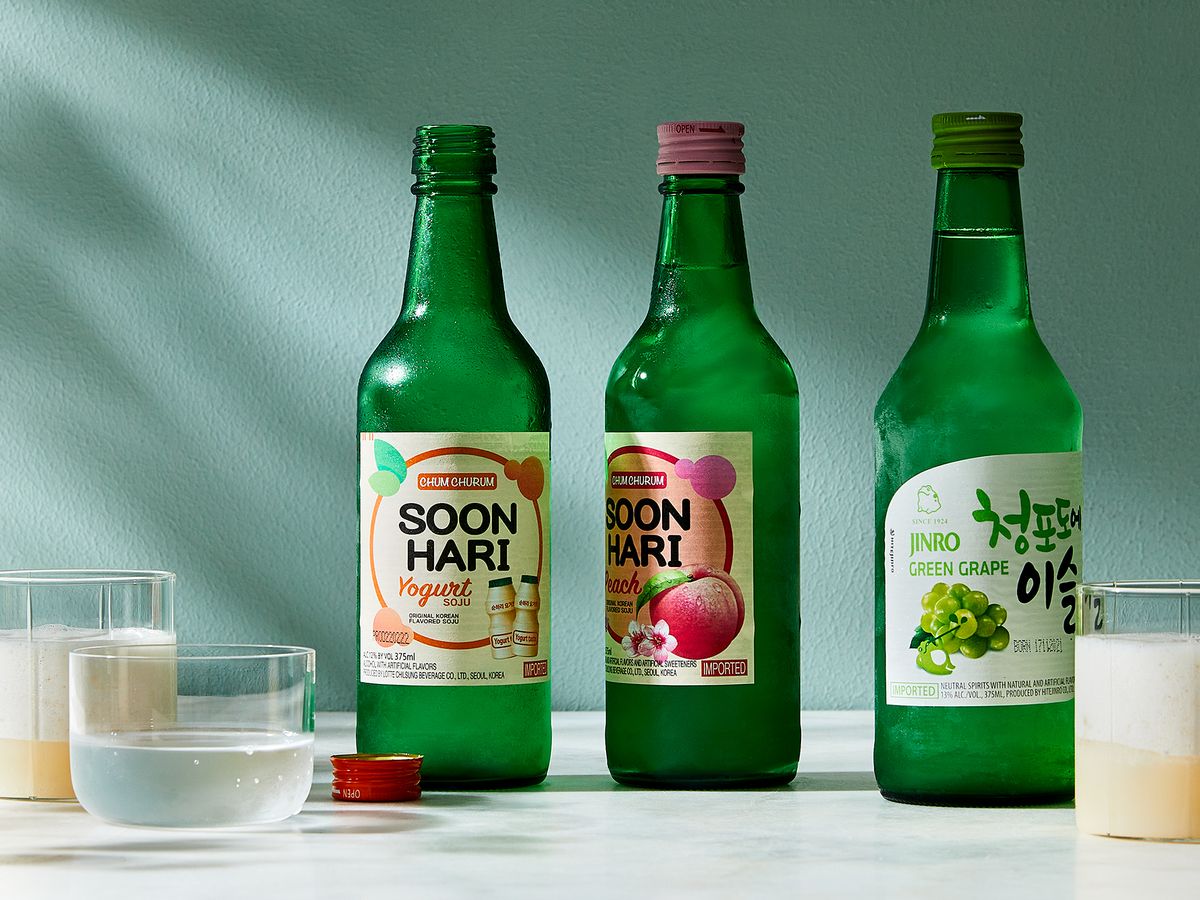
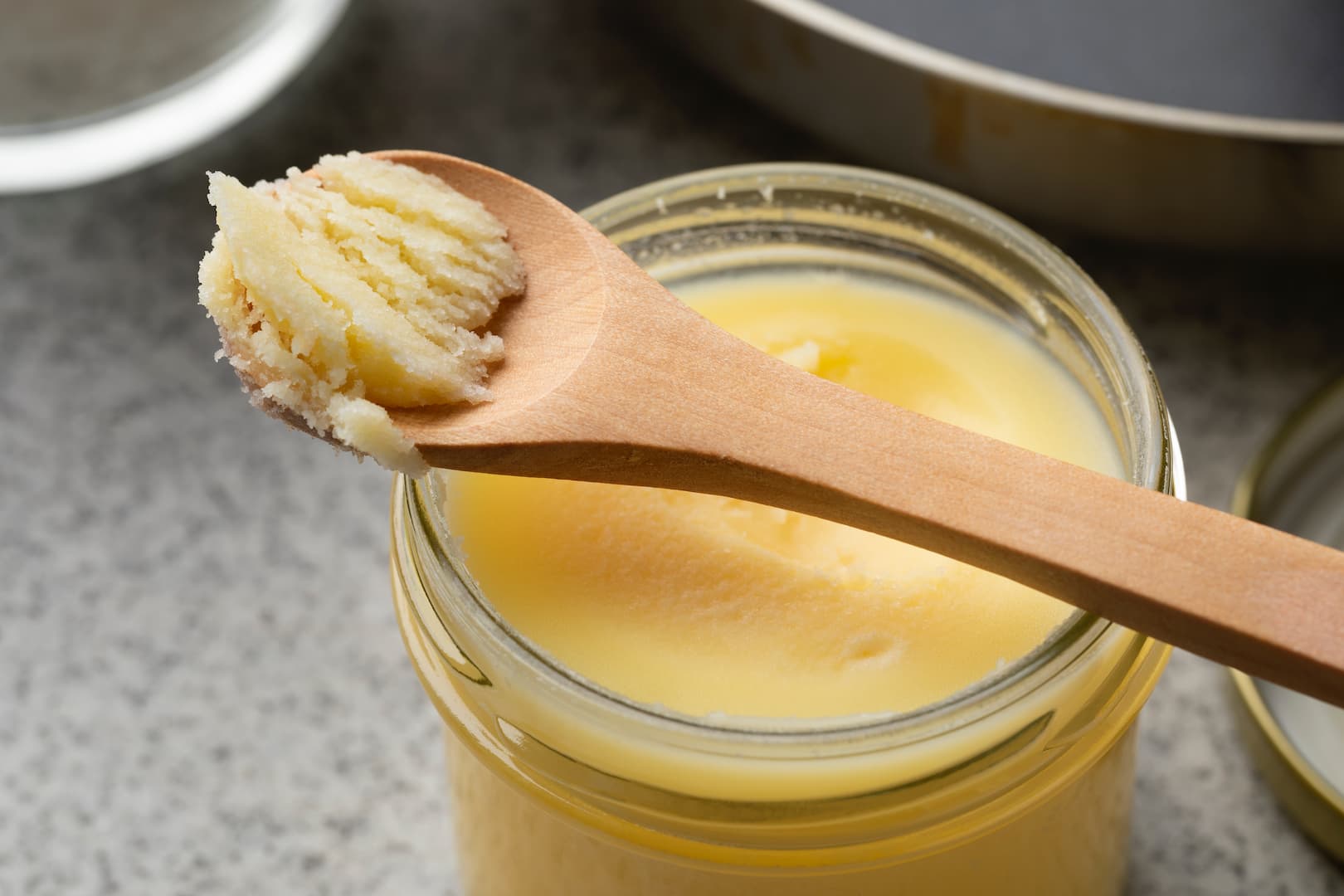
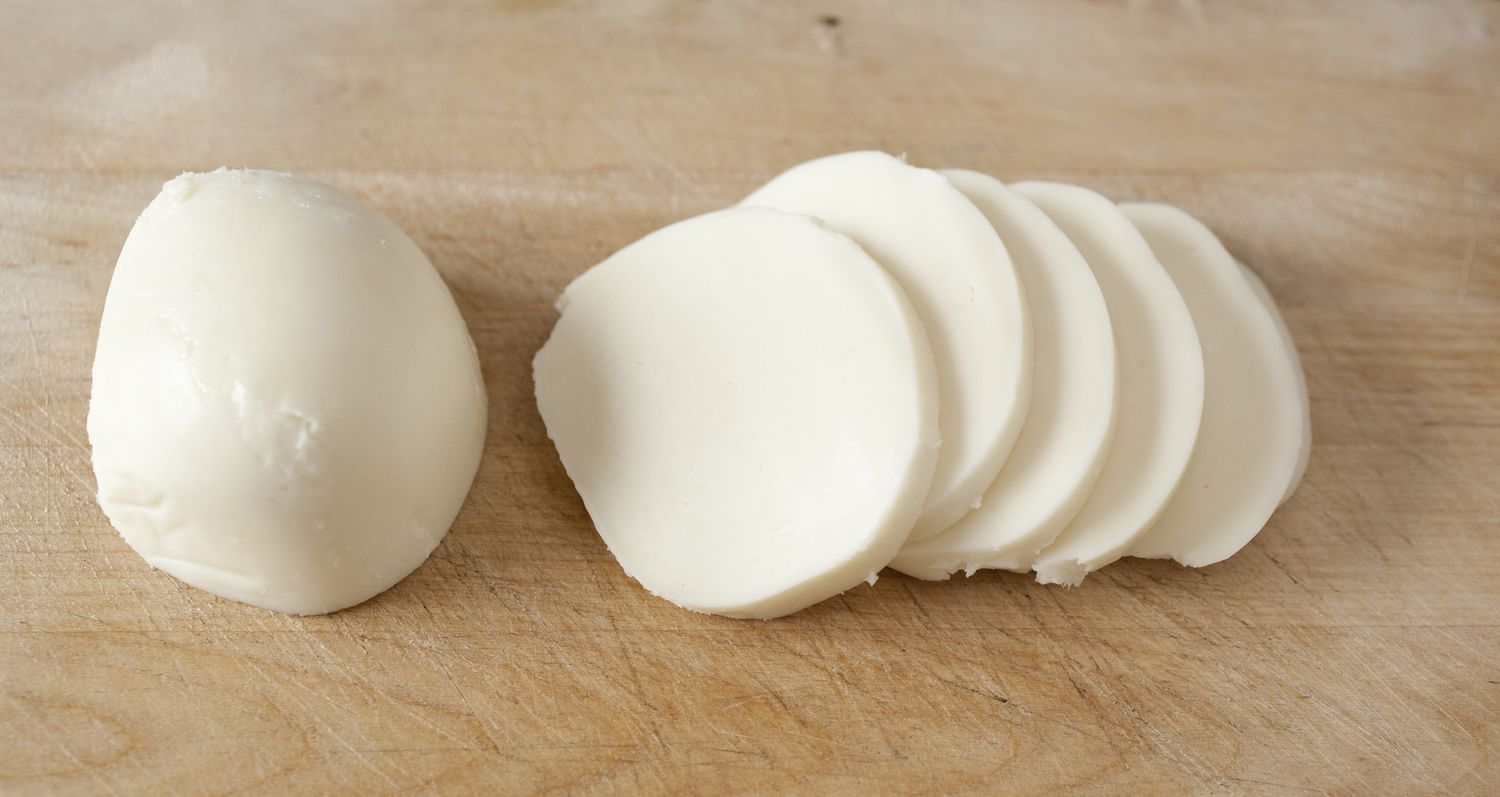
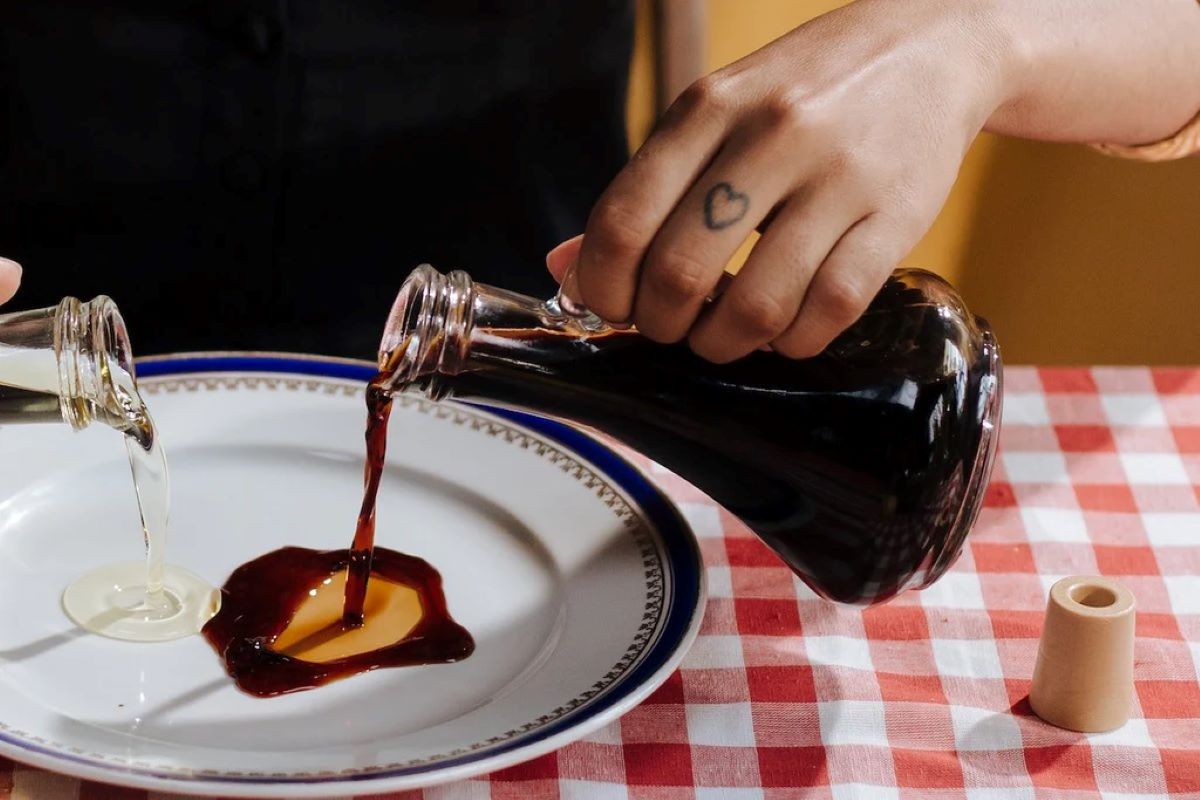
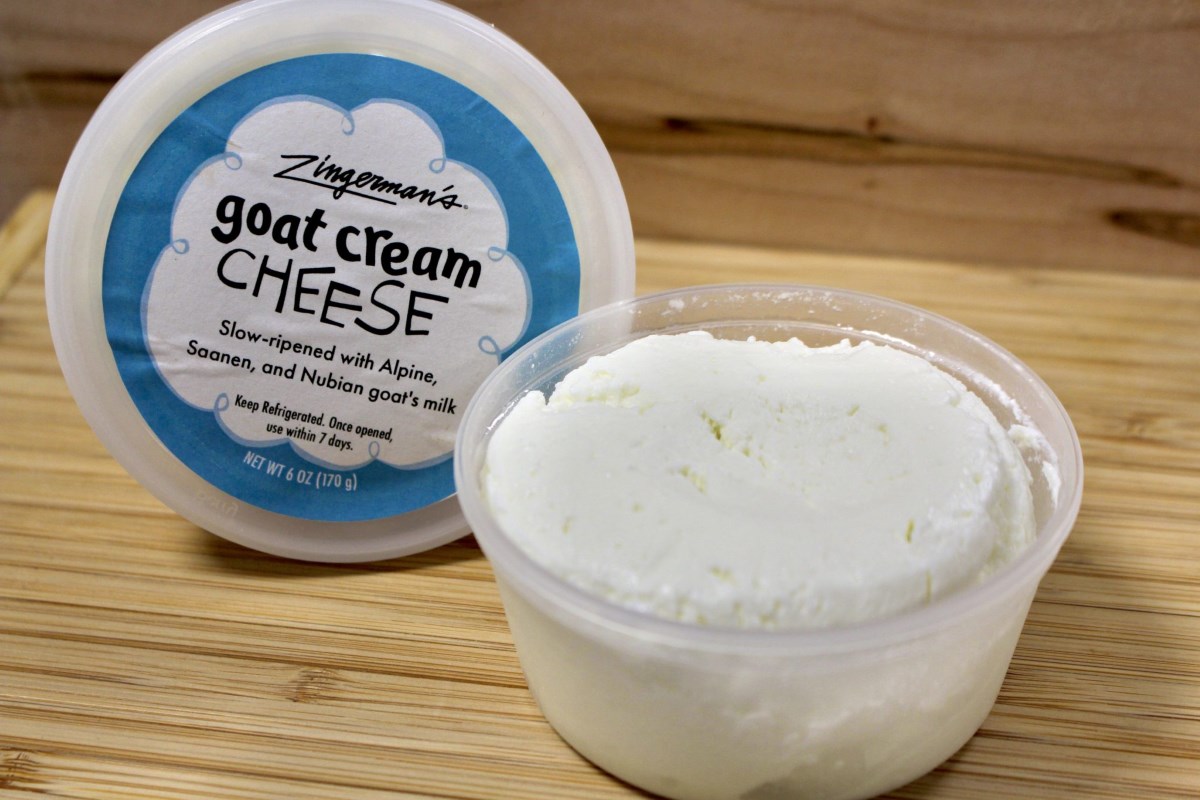
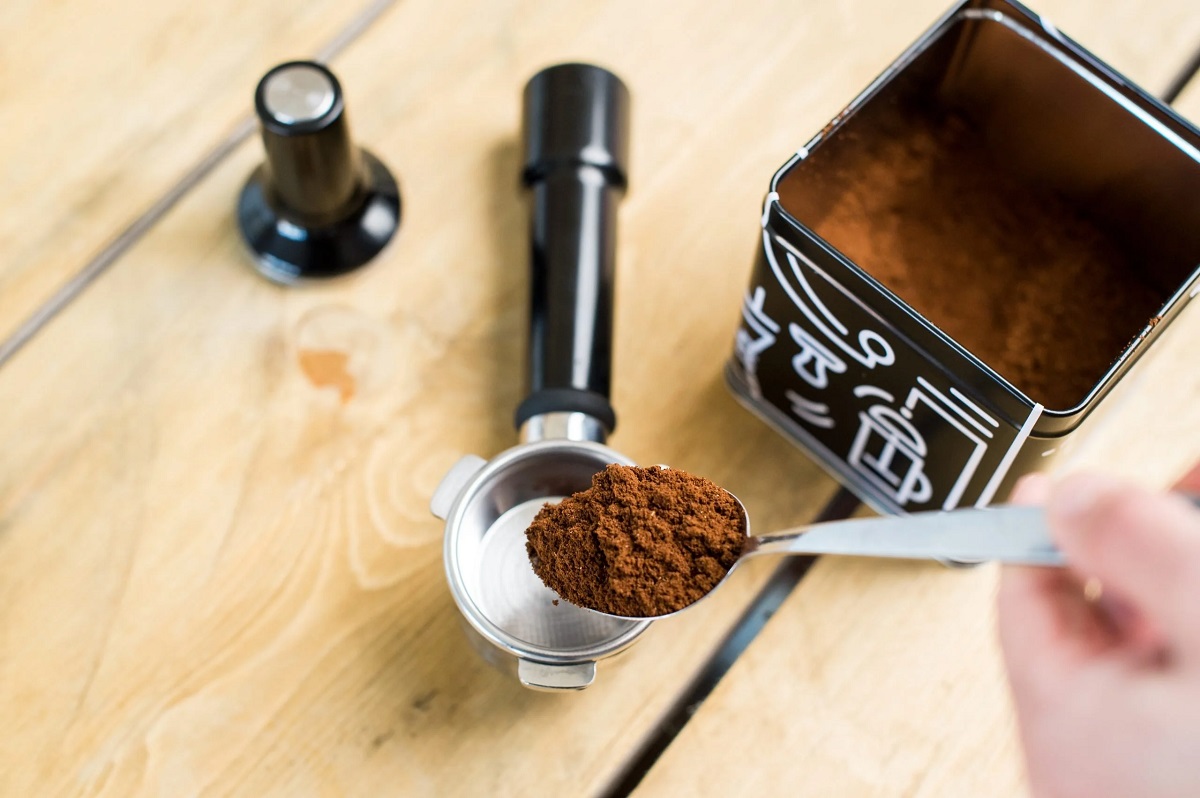

0 thoughts on “How To Store Port Wine Once Opened”